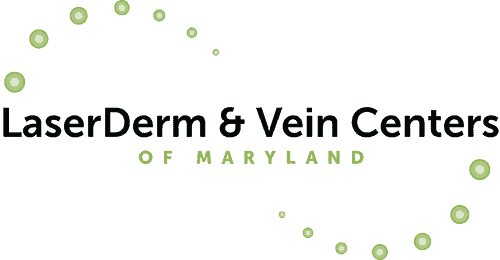Chronic Venous Insufficiency
Chronic Venous Insufficiency (CVI) is the general term that is used to refer to the presence of inadequately functioning veins in the lower extremities. Normal functioning veins transport blood back to the heart and lungs for re-oxygenation, along with other functions. When veins are not able to transport blood they are considered non- functional.
How does Chronic Venous Insufficiency present?
There are different manifestations of CVI and varying degrees of severity. At one end of the spectrum, CVI may present simply as a cosmetic concern without any symptoms or adverse effects on the tissues that the veins are supporting. This is often observed as dilated veins under the skin, such as Spider Veins or Varicose Veins. At the other end of the CVI spectrum, malfunctioning veins can be associated with signs and symptoms and may adversely affect the structure and function of tissue that the veins are supporting.
The presenting signs may include swelling, alteration in the skin color and texture, and, sometimes, ulceration. The presenting symptoms may include fatigue, cramping, burning, itching, or pain. A history of thrombophlebitis or injury to the legs may also provide a clue as to the presence of CVI.
How is Chronic Venous Insufficiency diagnosed?
In the presence of signs and symptoms of CVI, confirmation may be achieved with a duplex ultrasound examination.
How is Chronic Venous Insufficiency treated?
Treatment will depend upon the specific veins that are found to be insufficient or non-functioning. For visible Spider Veins or Varicose Veins, Sclerotherapy is usually the treatment of choice for their removal. When the Saphenous Veins are discovered to be insufficient to a significant extent, Endovenous Ablation is the preferred method for their removal. Endovenous Ablation is a safer, less invasive alternative to surgical Vein Stripping.
